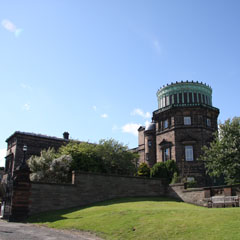
The Royal Observatory
Blackford Hill View, Edinburgh EH9 3HJ
A new observatory for Edinburgh was opened in 1896 on top of one of the Braid Hills. It was made possible by the largesse of James Ludovic Lindsay, 26th Earl of Crawford and 9th Earl of Balcarres, a keen and extremely wealthy amateur astronomer, who left his instruments and library to the Scottish nation – now forming the world-renowned Crawford Collection. The situation of the observatory gives it spectacular vistas over the city, Salisbury Crags and Arthur’s Seat. The observatory is still in use and is home to the University of Edinburgh’s Institute of Astronomy and the UK Astronomy Technology Centre (an establishment of the UK’s Science and Technology Facilities Council), Higgs Centre for Innovation (a business incubator and innovation facility), several spin-off companies and a Visitor Centre.
It is possible to visit the observatory, but only by prior arrangement. You can find out how to book from the link the the observatory’s website below.
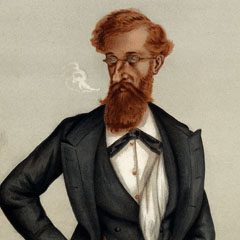
Caricature of James Ludovic Lindsay, 26th Earl of Crawford (1847–1913)

Detail of the observatory buildings
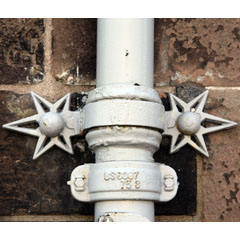
Star design on the brackets for a downpipe at the Royal Observatory
Find out more

 Merchiston Campus, Napier University, 10 Colinton Road, Edinburgh EH10 5DT
Merchiston Campus, Napier University, 10 Colinton Road, Edinburgh EH10 5DT

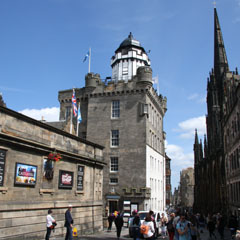
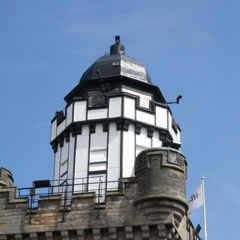
 46 Pleasance, Edinburgh EH8 9TJ
46 Pleasance, Edinburgh EH8 9TJ
 86 George Street, Edinburgh EH2 3BU
86 George Street, Edinburgh EH2 3BU
 Royal Mile, Edinburgh EH1 1SG
Royal Mile, Edinburgh EH1 1SG
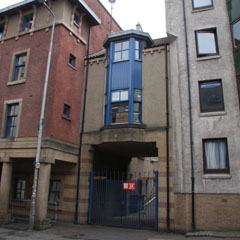
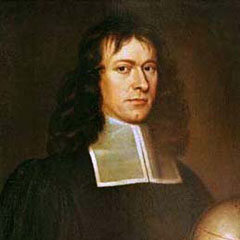
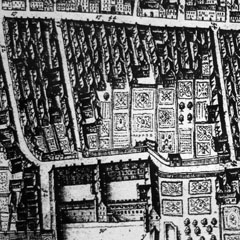
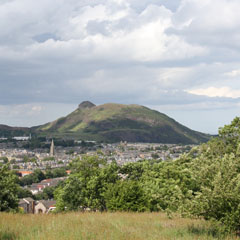 Edinburgh EH8 8HG
Edinburgh EH8 8HG Hermitage of Braid, 69 Braid Rd, Edinburgh EH10 6JF
Hermitage of Braid, 69 Braid Rd, Edinburgh EH10 6JF

 84 Grange Loan, Edinburgh EH9 2EP
84 Grange Loan, Edinburgh EH9 2EP